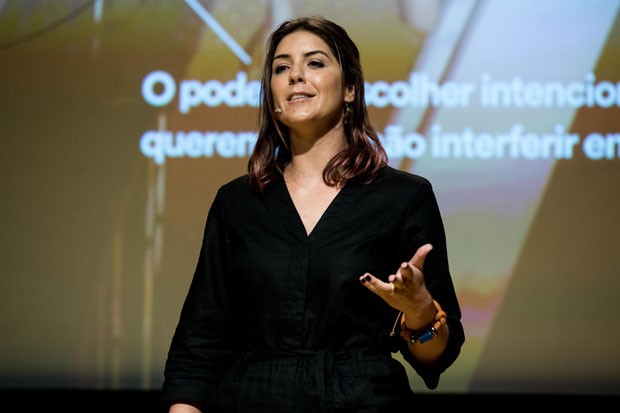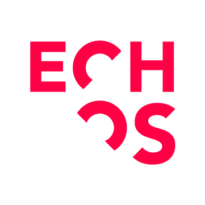Violence against women is a social problem that affects everyone. It is estimated that up to 70 per cent of women worldwide have experienced physical or sexual violence by an intimate partner. In Australia, one in three women have experienced physical and/or sexual violence perpetrated by someone known to them; one in five women experience harassment within the workplace. (Source: White Ribbon and UN Women)
Juliana Proserpio, our co-founder, feels strongly about this cause and decided to use design to change the statistics that, in Brazil – where the project is taking place -, are even more alarming than here in Australia.
Echo’s project, led by Proserpio, is called IRIS. She spoke with Casa Vogue Brasil – Vogue’s Decoration, Design, Architecture, Innovation and Art publication – and you can read the article below:
“What would you like to see in 2030?”
“I’d really love for women to be able to wear whatever they wanted. I want for parents not to have to raise girls with a fear of what may happen to them.”
It is with this mindset for the future that designer and entrepreneur, Juliana Proserpio, founder of Echos – School of Design Thinking, established a partnership with What Design Can Do in 2016 to research solutions to stop violence against women.
Everything started during a deep empathy workshop during WDCD 2016 when people were invited to feel for themselves what a woman who’s been a victim of violence against women feels. Gut-wrenching and touching, this exercise used Design Thinking techniques and was so successful, it started to be repeated in workshops all across the country.
There was only one problem: in these workshops, there were no men to be found.
“For us, the problem’s essence was the imbalance in the power dynamics between men and women, but men hardly ever showed up to our courses”, explained Proserpio that had done extensive research on the subject and created a gender power dynamics map. Although she knew how important it was for women to empathise with women, she decided to change the process quite drastically in order to bring both actors – men and women – to participate in this exchange.
It was at this point where the problem became amplified and, in order to avoid making men feel like the aggressor from the outset, the project started focusing on ideas to foster female freedom.
When are females free on the streets? When are they free at home? When are they free in schools? These are some of the questions that started to guide Echo’s research that aims to continue to find solutions until the end of 2018 and may involve international initiatives since What Design Can Do has the intention of approaching the theme in its next Challenge.
Differently from what we usually expect from a designer’s solution to a problem, it is important to emphasise that, in this case, it doesn’t matter if the solution comes through an artifact, or a policy, or a change in the system, or a service. Going beyond the material design, Echo’s aims to promote the concept of “design of the invisible things” or “behavioural design” – techniques that use design theory to create strategies that allow adequate solutions to society.
“We want to use the designer’s and society’s creative power to create tangible and local solutions”, finalised Proserpio who will spend the next year meeting with different creatives and working with them in developing her ideas for the project.
*Original Casa Vogue article by Giovanna Maradei published on December 12, 2017. Translated, adapted and edited by Rani Ghazzaoui Luke.
—
If you’d like to start an innovation journey in your company, you can check out our in-house course offering as well as download for free our Design Thinking toolkit by clicking here.
If you’d like to see what are the upcoming courses in your region, visit our website.
If you have a special project and would like to use Echos’ consultancy services, you can send us an email.



